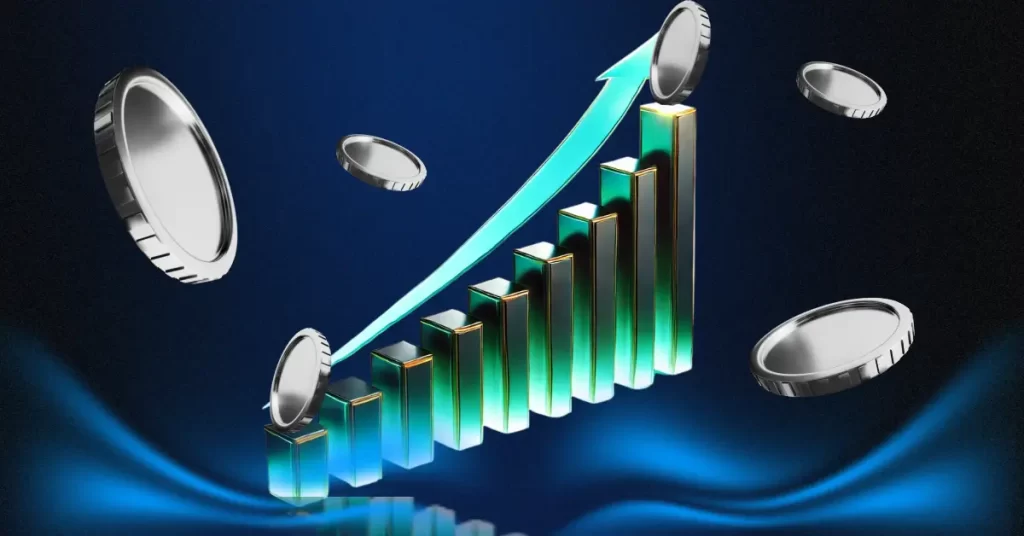How the Federal Reserve’s Liquidity Push Is Impacting the Crypto Market?



The post How the Federal Reserve’s Liquidity Push Is Impacting the Crypto Market? appeared first on Coinpedia Fintech News
Since February 2025, the U.S. Federal Reserve’s net liquidity has quietly increased by around $500 billion . This significant rise is due to the ongoing drawdown of the Treasury General Account (TGA), essentially the U.S. government’s savings account. Because the debt ceiling has been hit, the government can’t issue new debt. So instead, it’s dipping into its TGA funds to finance spending, which injects liquidity into the financial system, much like quantitative easing (QE).
Liquidity Injection in Play
Despite this massive liquidity push, risk assets like stocks and crypto haven’t responded strongly. Crypto Analyst Tomas says that while this flood of cash boosts bank reserves and should, in theory, support asset prices, other factors, like geopolitical tensions, inflation worries, and uncertainty around U.S. fiscal policy, are keeping investors cautious.
Two Speedbumps Ahead
Analysts say we’re currently in a phase where more money is flowing into the financial system, which is called a “liquidity upswing.” But this flow won’t be smooth the whole way. Back in April, there was a bump in the road when people paid their taxes. That money went back into the government’s account (called the TGA), which pulled cash out of the system, kind of like money being taken out of circulation for a while.
Another dip in liquidity is expected around mid to late June. That’s because:
- Companies will pay their quarterly taxes, which again fills up the government’s account and pulls money out of the market.
- Banks will be adjusting their balance sheets for the end of the quarter, and that may lead them to park more money in safe places through a tool called the “Reverse Repo”, which also removes cash from circulation temporarily.
These things could cause a short-term slowdown in liquidity. But overall, since the government is still spending from its savings (and not issuing new debt because of the debt ceiling), the amount of cash in the system is likely to keep rising, at least until a new debt deal is made.
What Happens When the Debt Ceiling Is Lifted?
Once a new debt ceiling agreement is made, the situation will reverse. The Treasury will need to quickly replenish the TGA, meaning a wave of new debt will hit the market. This could drain liquidity from the financial system and pressure asset prices.
Furthermore, he expects the “X-date”, when the U.S. government officially runs out of cash, to land sometime in August. Treasury Secretary Scott Bessent recently warned that Congress needs to raise the debt ceiling by mid-July to avoid a funding crisis, especially since lawmakers are set to go on recess.

Is Cardano Heading for a ‘Golden Cross’? If Yes, How High Can the ADA Price Go in 2025?
The post Is Cardano Heading for a ‘Golden Cross’? If Yes, How High Can the ADA Price Go in 2025? app...

Top 5 Altcoins Which are About to go 10x From Here
The post Top 5 Altcoins Which are About to go 10x From Here appeared first on Coinpedia Fintech News...

Walme – The Only Wallet You Need | $WLM Token Sale Is Now Live
The post Walme – The Only Wallet You Need | $WLM Token Sale Is Now Live appeared first on Coinpedia ...


 Federal Reserve Liquidity set to rise in coming weeks
Federal Reserve Liquidity set to rise in coming weeks